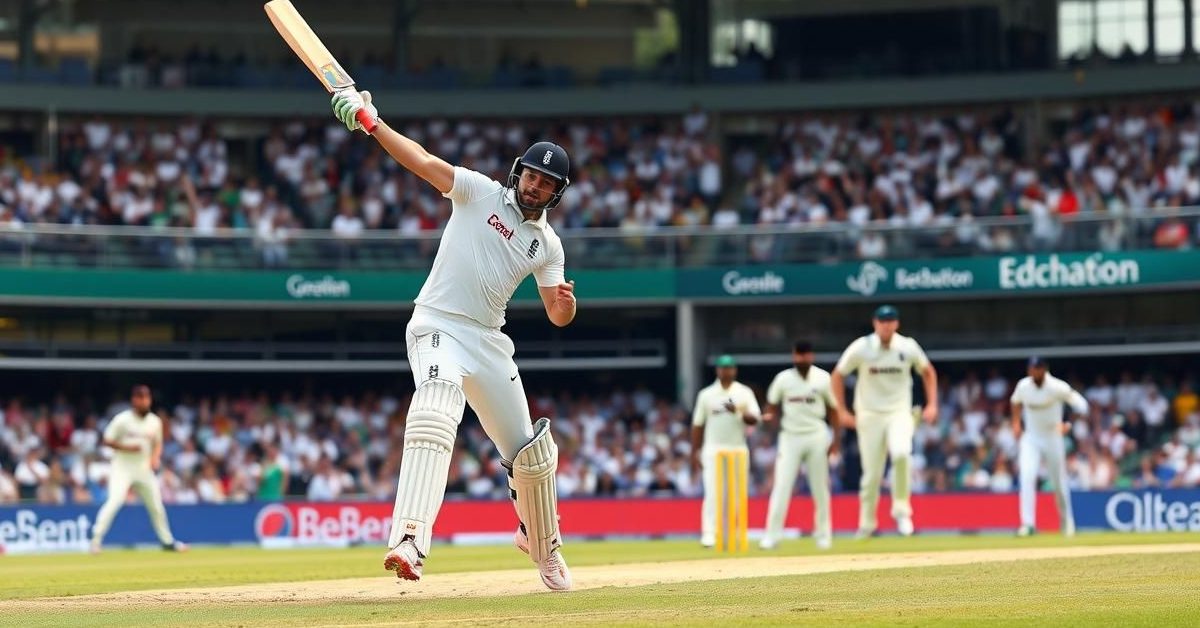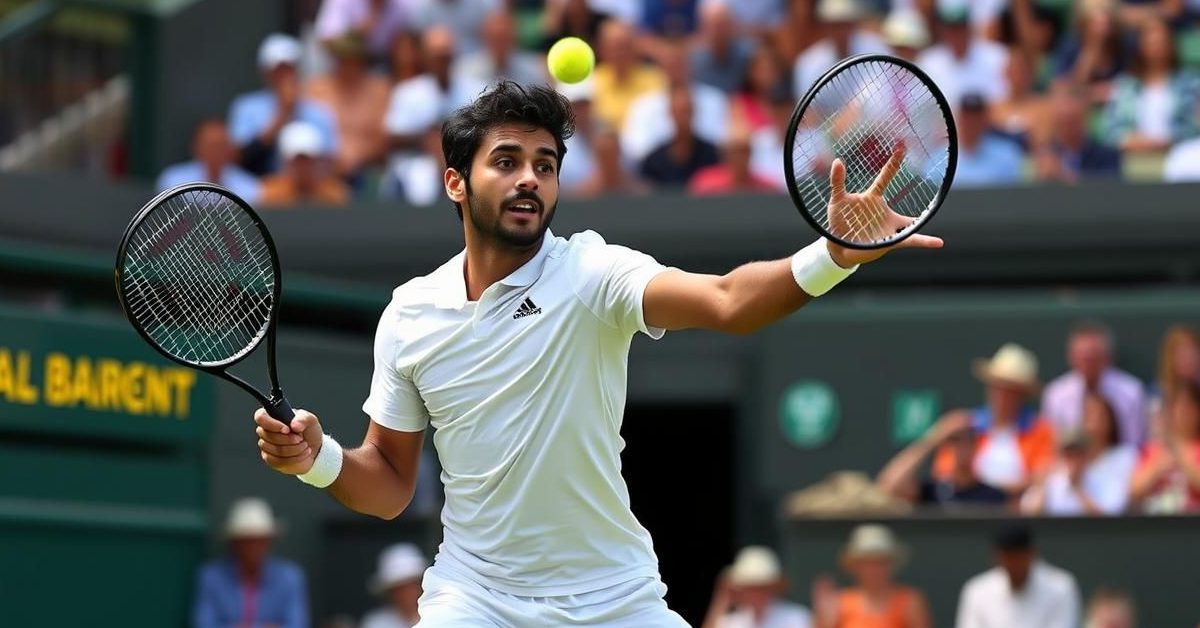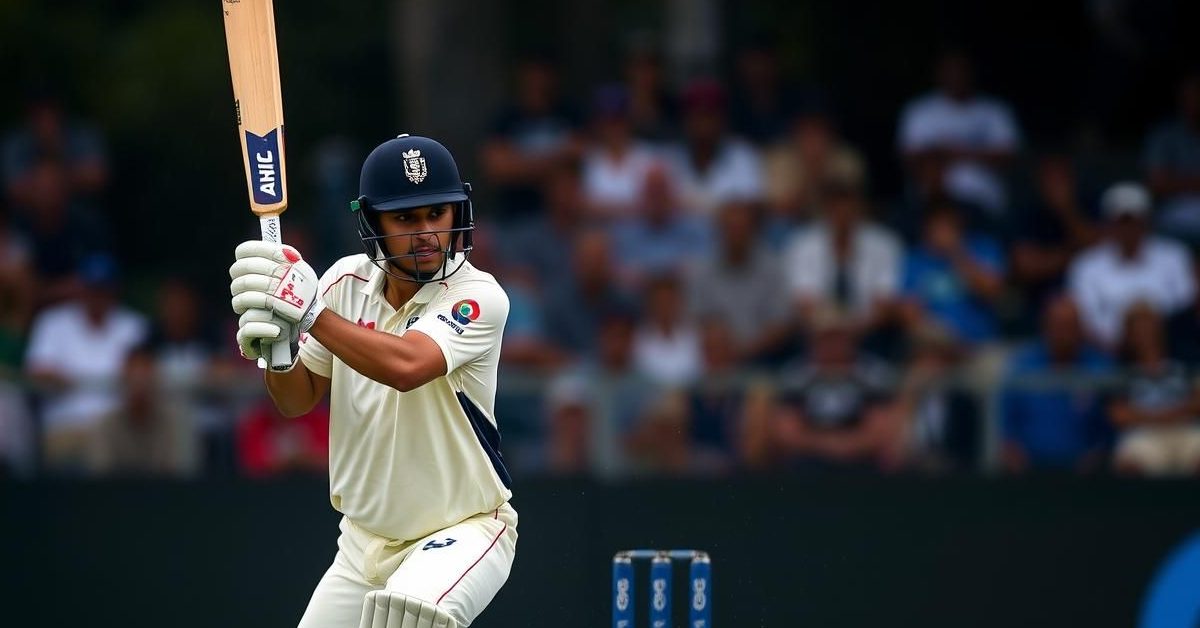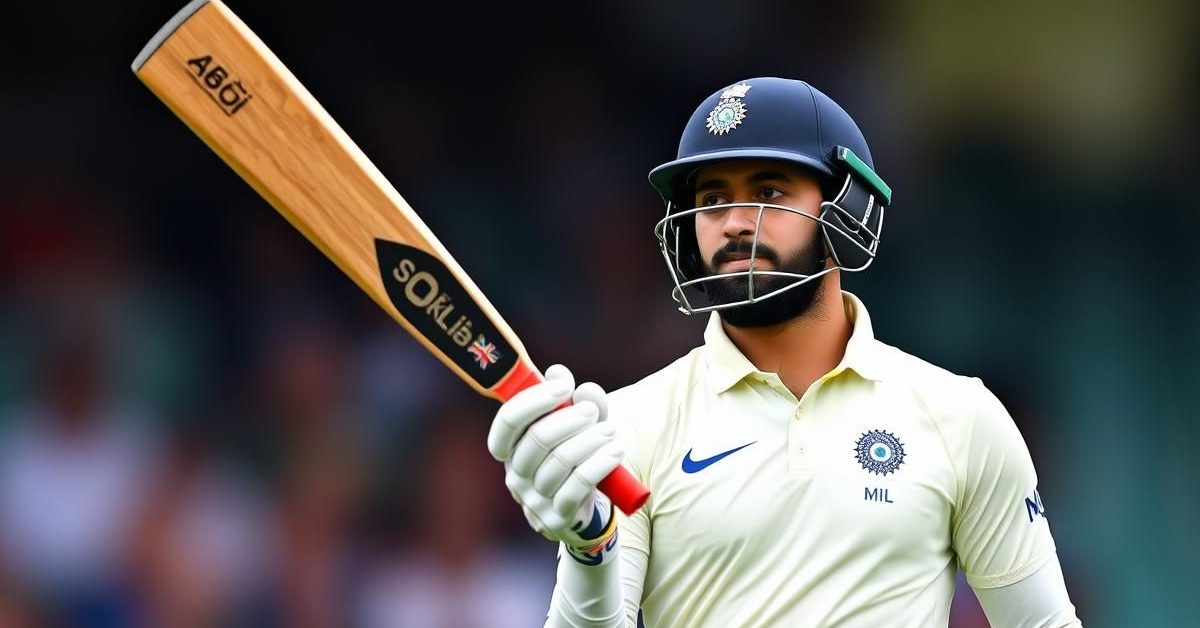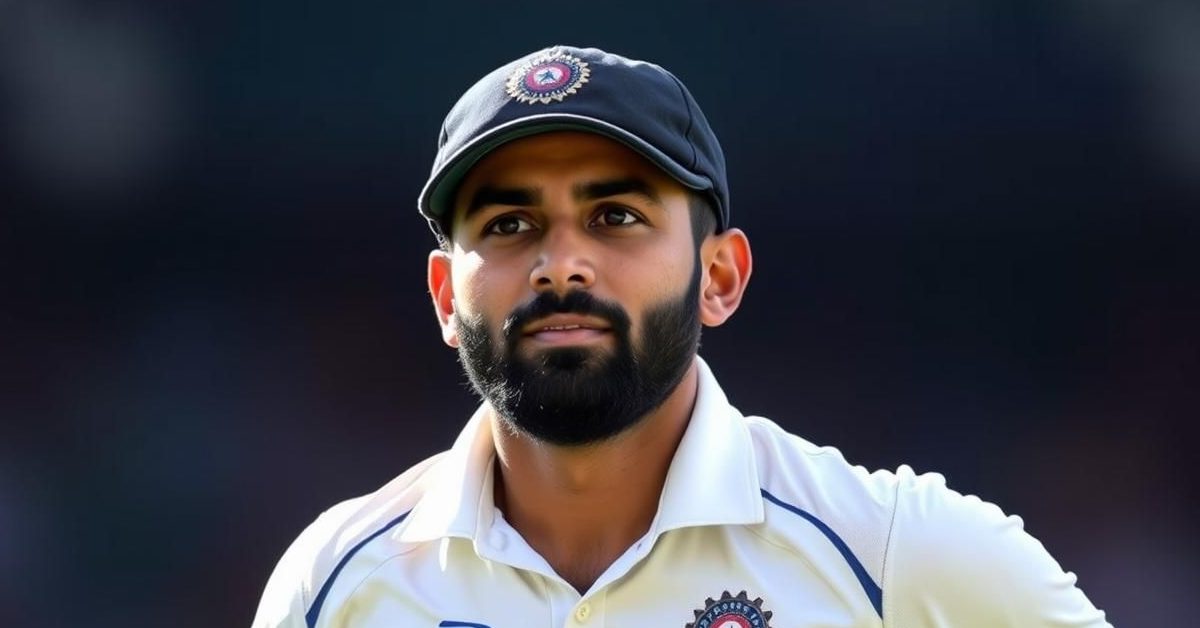Edgbaston Eruption: England Opt to Bowl, Setting Stage for High-Stakes India Clash
The hallowed turf of Edgbaston in Birmingham became the epicenter of the cricketing world today as the second Test of the gripping five-match series between England and India commenced. A pivotal moment unfolded at the toss when England’s dynamic skipper, Ben Stokes, called correctly and made the immediate, decisive choice to bowl first. This decision instantly put Shubman Gill’s Indian side under pressure on Day 1, setting a tantalizing strategic duel for the Anderson-Tendulkar Trophy.
Stokes’ Strategic Gambit: Why England Chose to Bowl First
Ben Stokes’ decision to field first was hardly a surprise, aligning perfectly with England’s aggressive “Bazball” philosophy under head coach Brendon McCullum. Opting to bowl on an Edgbaston pitch, which often offers early assistance to seamers, signals England’s intent to exploit any nascent swing or seam movement. The goal is clear: unleash their formidable pace attack early, hoping to make crucial breakthroughs before the sun truly bakes the surface and batting becomes easier. This bold move underscores England’s confidence in their bowling arsenal to dictate terms from the very first session.
India’s Edgbaston Conundrum: Echoes of Past Defeats and New Strategies
For India, this return to Edgbaston carries a significant weight of history. Just two years prior, this very venue witnessed a stunning defeat where England orchestrated a record-breaking 378-run chase against them. That memory undoubtedly looms large for the Indian contingent, influencing their strategic thinking.
This time around, under the captaincy of Shubman Gill and the watchful eye of head coach Gautam Gambhir, India has signaled a notable shift in their team composition. The inclusion of three all-rounders – Washington Sundar, Nitish Kumar Reddy, and Ravindra Jadeja – speaks volumes about their current priorities. This strategic pivot appears designed to bolster the lower-order batting, a long-standing vulnerability for India in overseas conditions, even if it comes at the perceived expense of a pure bowling specialist.
Balancing Act: India’s Bowling Attack Without Bumrah
The absence of ace pacer Jasprit Bumrah, rested for workload management, undeniably leaves a significant void in India’s attack. The onus now firmly falls on Mohammed Siraj to spearhead the seam department, tasked with leading a potentially wavering attack against England’s free-scoring “Bazballers.” The decision to bench a strike spinner like Kuldeep Yadav once again, in favor of a more batting-heavy lineup, highlights India’s gamble. They are banking on the collective contributions of their all-rounders to not only shore up the batting but also deliver crucial wickets on what could be relatively flat English pitches.
England’s Chosen XI: A Balanced Bazball Blueprint
England’s selected XI for the second Test reflects a blend of stability and firepower, designed to execute their aggressive brand of cricket. The batting lineup features familiar strongholds in Zak Crawley, Ben Duckett, Ollie Pope, and the ever-reliable Joe Root, followed by the attacking Harry Brook and captain Ben Stokes himself. Wicketkeeper Jamie Smith adds crucial runs, while the bowling attack boasts Chris Woakes, Brydon Carse, Josh Tongue, and the promising spinner Shoaib Bashir. Each player slots into a role specifically tailored to their “Bazball” philosophy, aiming to keep India on the back foot.
The stage is now set for an enthralling contest, as both teams look to assert dominance on Day 1 of this high-stakes encounter, with the fate of the Anderson-Tendulkar Trophy hanging in the balance.
